The options for footwear are endless. The options for shoe materials are a little less endless, but they can still be daunting. Each one comes with its own style, its own benefits, and its own weaknesses.
There is no single first-place winner material for shoes. There are too many variables, in both functionality and aesthetics, to crown one universal champion. One thing is for sure, though: There is an ideal material for every person and every occasion.
At Kizik, we love shoes. We also love making shoes accessible and approachable in every way possible. To that end, we’ve gathered a series of highly variable footwear materials to offer a comprehensive guide.
1. Leather
Leather is a stand-by in everything from household goods to clothing to both formal and casual shoes. We’ve even included it in our Vegas, pairing full-grain leather with a premium foam outsole.
One of the benefits of leather is its longevity. Properly treated, leather shoes can last for several years. Part of this comes down to the quality of the leather in the product. From the lowest to the highest quality, leather can be bonded, genuine, top grain, or full grain.
What are the different types of leather?
Full-grain leather is made of the outermost layer and is largely unaltered. Top grain is the central layer of the material, sanded down to create a more even ensign. Genuine leather is the bottommost layer of the material while still being made of one continuous fiber. Bonded leather is the result of various leather scraps being joined or “bonded” together.
Leather qualities
The quality of the material determines part of the pros and cons of leather. High-quality leather can breathe well, whereas low-quality leather can retain heat and sweat. High-end leather lasts longer and may develop a natural patina or shine over time.
Leather has varying levels of water resistance, depending on the specific makeup. Over time, water exposure without treatment will dry out and crack the material. This process can be counteracted by a variety of products, including polish, conditioner, and wax.
Leather is a gorgeous material that has unparalleled longevity if treated properly. However, a tendency to get scuffed makes it a potentially risky choice for active shoes. Your leather can go the distance in formal or casual contexts but save physical activity for other materials.
2. Knit
Knit fabric is on the complete opposite end of the spectrum from leather. Both are quality materials, but knit has different virtues from leather. Knit is both lightweight and highly breathable. These qualities make it a comfortable upper material for active shoes: Flexible, quick-drying, and comfortable.
Knit uppers are also delightfully easy to keep clean. Some of them can even be machine washed, so long as you use cold settings and avoid heat exposure.
The Madrid Eco-Knit is one of our proudest showcases of what knit can bring to a shoe. The upper is made of a 4-way stretch fabric that offers both flexibility and comfort. Responsive cushioning on the outsole helps to protect your feet and support your arches.
A potential con: While knit can dry quickly, it also soaks up water well. This may be an issue for rainy areas, where moisture exposure is unavoidable. For many other reasons, though, knit is worth examining.
The second best part is that the shoes are designed to be slip-on. There are no laces, no tying, and no worries. Just slide in, and slide out the door.
Recyclable fabrics
Being slip-on is only the second-best part. In that case, what’s the best part? One word: recyclability.
The “Eco” in Eco-Knit comes from the fact that this fabric is entirely recycled from plastic bottles. More than just a quality fabric; it’s a quality fabric with a social mission. Single-use plastics pose a massive environmental threat, with nearly one million plastic bottles bought every minute. We can’t singlehandedly stop this process, but here at Kizik, we can do our best to mitigate it.
3. Canvas
Canvas is a lightweight material that’s worth exploring in greater detail. It is made from hemp cloth, which imbues it with notable flexibility. Hemp is also rated as one of the top materials for sustainability.
Canvas is not as stretchy as other materials. While this may make it slightly less suitable for active footwear, it does mean that it retains shape well. Canvas shoes can last a long time without requiring the use of shoe inserts or other materials.
You might think, since it is a fabric material, and a lightweight one at that, that canvas is fragile. However, depending on the particular weave of the shoe, canvas can be a notably durable material. In fact, hemp is one of the most durable natural fibers used in textile manufacturing.
Canvas can have some drawbacks, though. Owing to its thinness and flexibility, it isn’t the most supportive of materials. If you look for ankle support in your shoes, unless the shoe has specific built-in supports, you can look elsewhere.
4. Suede
Suede, in many ways, is like a twin to leather. Whereas leather is made from the polished exterior surface, suede comes from the underside of the material. The result is softer, distinct in appearance, and unique in its care.
Suede has a gentle, matte appearance provided by delicate bristles. These bristles are easy to care for and waterproof. A tiny bit of moisture won’t hurt your suede, but you should aim not to wear them in the rain.
In our Prague shoe, the upper design is made from a combination of fabrics. Knit and suede work in tandem to bring about a unique silhouette.
Suede can be easily enjoyed, as with all shoe materials, if one makes an effort to waterproof it.
5. Rubber
Rubber, out of all the fabrics numbered on this list, is the one with the most heavy-duty applications. Rubber is used in gaskets for all sorts of machines, car tires, and more. It’s often associated with synthetic materials because of the wide use of synthetic rubber.
Long before synthetic rubber, there was natural rubber. Natural rubber is considered an extremely sustainable material for two core reasons. It is biodegradable, and it has the capacity to replace synthetic materials to help combat climate change.
That’s well and good for the automotive industry, but what about the fashion industry? As footwear, there are specific applications where rubber is helpful.
Waterproof and slip-proof
Rubber is a totally waterproof material. This makes it fantastic for rain boots or for work boots. However, this waterproofing nature makes them poor when it comes to breathability. Wear rubber shoes long enough, and heat and sweat will start to build up.
When it comes to the soles of your shoes, rubber shines as a material. It is slip-proof, helping to maintain traction, and is thus great for a variety of conditions. Rubber is also abrasion-resistant and resists puncture. If you are operating in a worksite dealing with heavy equipment, it can be essential safety equipment.
For daily use, an entirely rubber shoe probably doesn’t belong on your to-wear list. However, come a rainy day or a busy day working, it can be possible to reap the benefits. Plus, all shoes can benefit from the stability provided by a rubber sole.
6. Foam
Foam is one of the most popular materials when it comes to mattresses. How well does it work when it comes to shoes?
The answer is — surprisingly well. Memory foam (as it is also known) is adaptive to the natural gait when you walk. It supports the arches and, more importantly, adapts to support your particular arches.
Foam shoes can be a suitable option for those seeking relief from foot pain. The support and comfort can potentially reduce injury risks for athletes.
At the same time, memory foam does have its admitted drawbacks. The material tends to retain both heat and sweat, meaning if either bothers you, long-term use may come with discomfort. Sweat retention can come with retained smell, which, given our feet, isn’t usually a pleasant one.
Memory foam shoes simply aren’t as durable as many other pieces of footwear. For many of us, personal experience can attest to this: On the first day, the foam in question is bouncy and light. Fast-forward a year, and that soft foam has turned into something hard. It’s the reason we’ve made more durable foam shoes using Rabbit Foam® technology.
How to choose the top shoe for you
With all these options, the question is wide open. Which fabric is right for you?
If you want something elegant and don’t mind minimal upkeep, then try leather or suede. If instead, you’d like something lightweight and geared toward active living, try knit or canvas. If you want to go dancing in the rain, put on your rubber rain boots. Or, if you want better protection, try foam sneakers.
Kizik offers our expertise, regardless of your personal favorite.
Sources:
Huge Potential for Sustainability with Natural Rubber, Experts Say I CIFOR Forests News
Visual Feature | Beat Plastic Pollution | UN Environment Programme


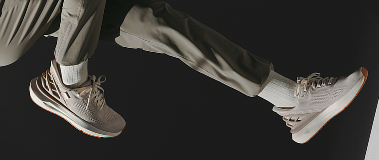
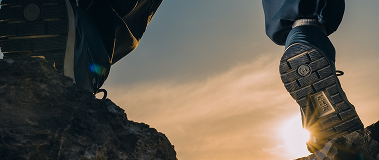

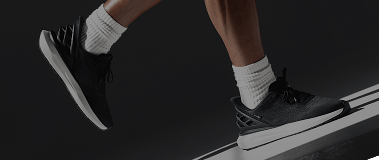
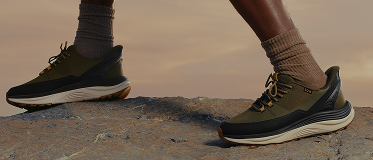
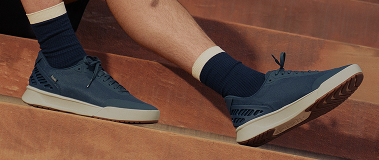
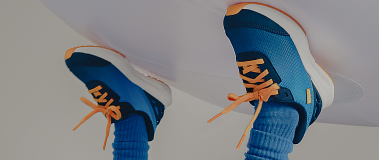
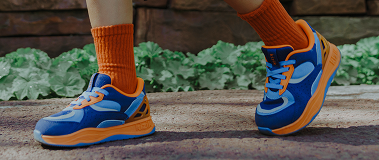
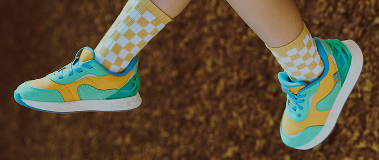




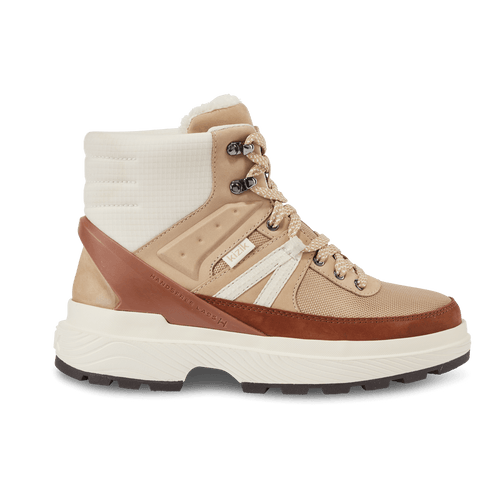
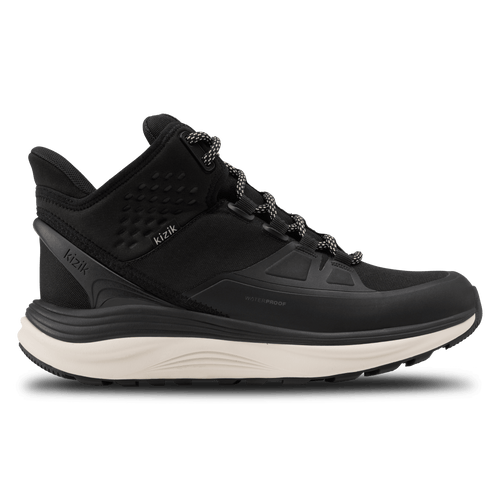





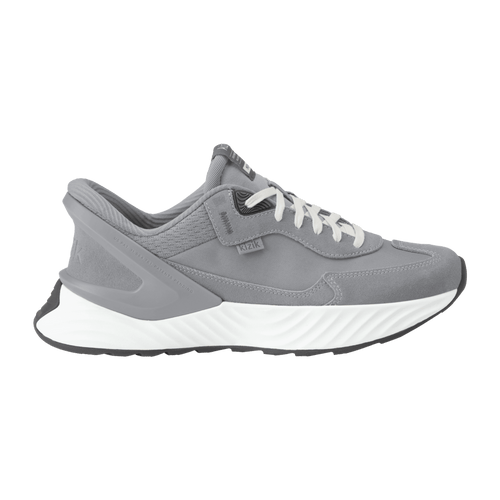


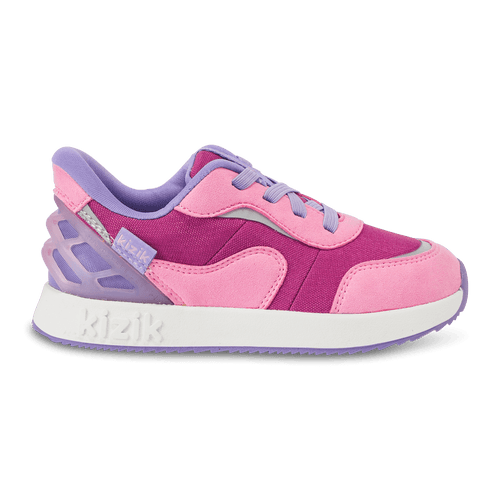

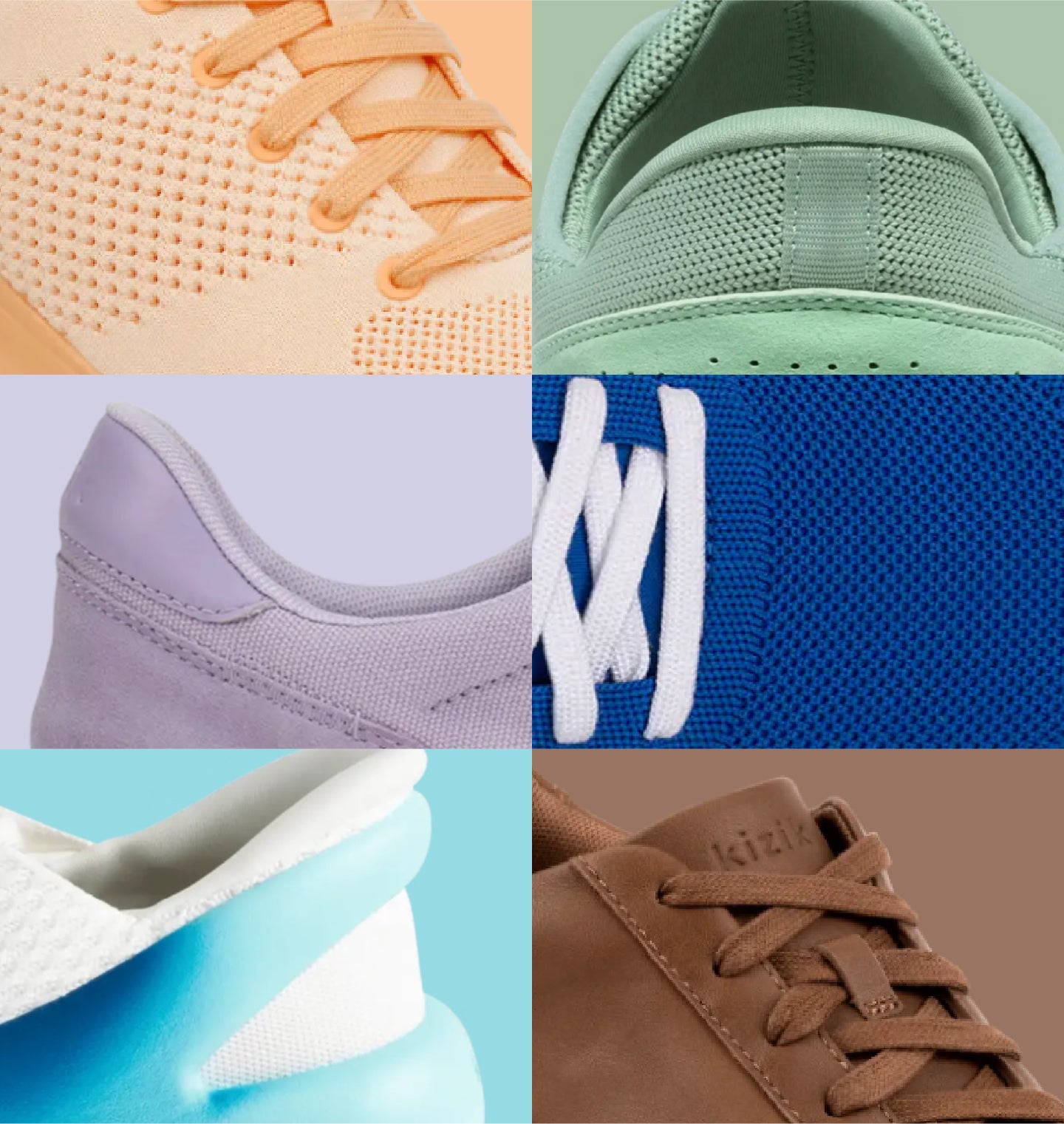
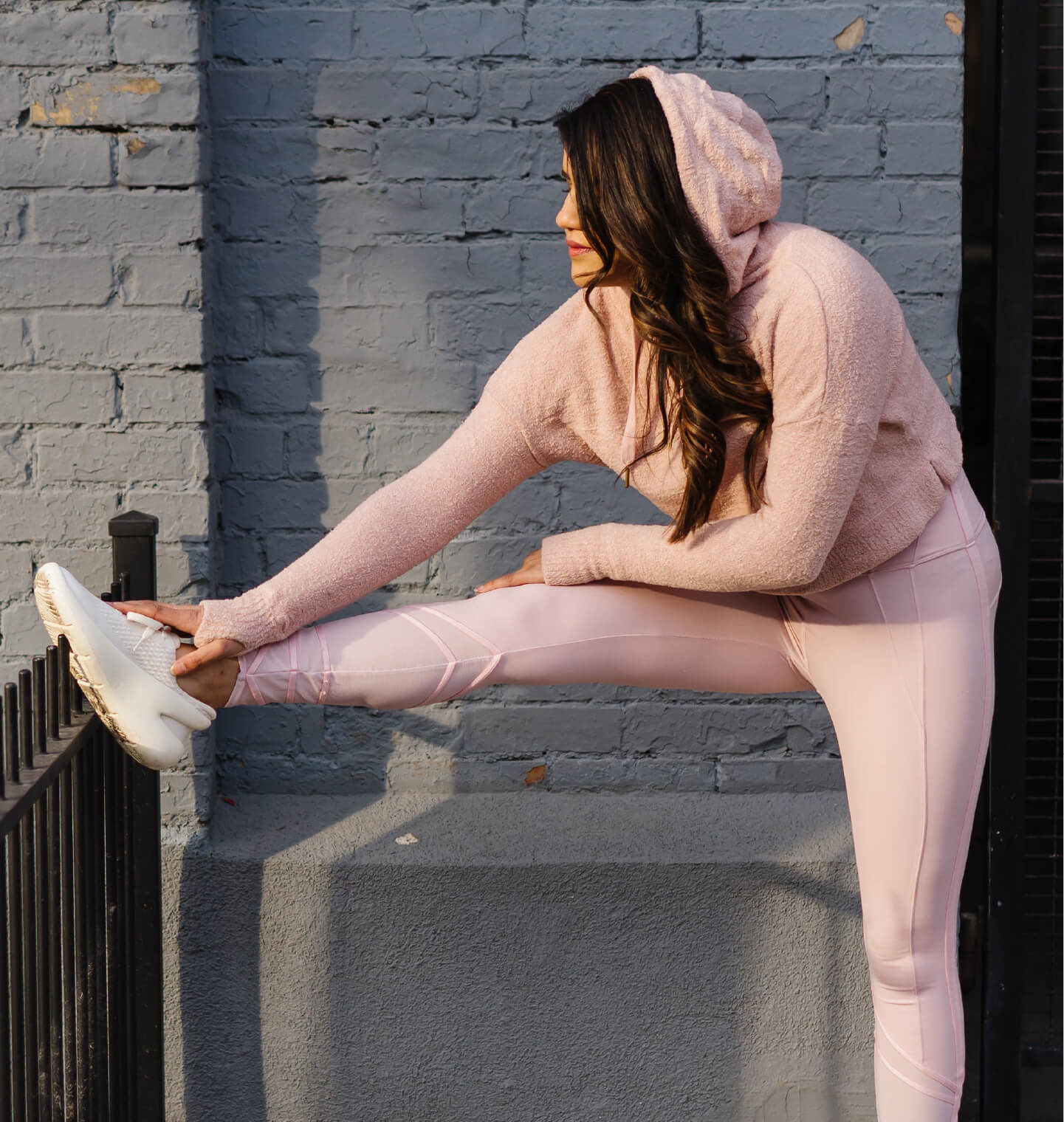
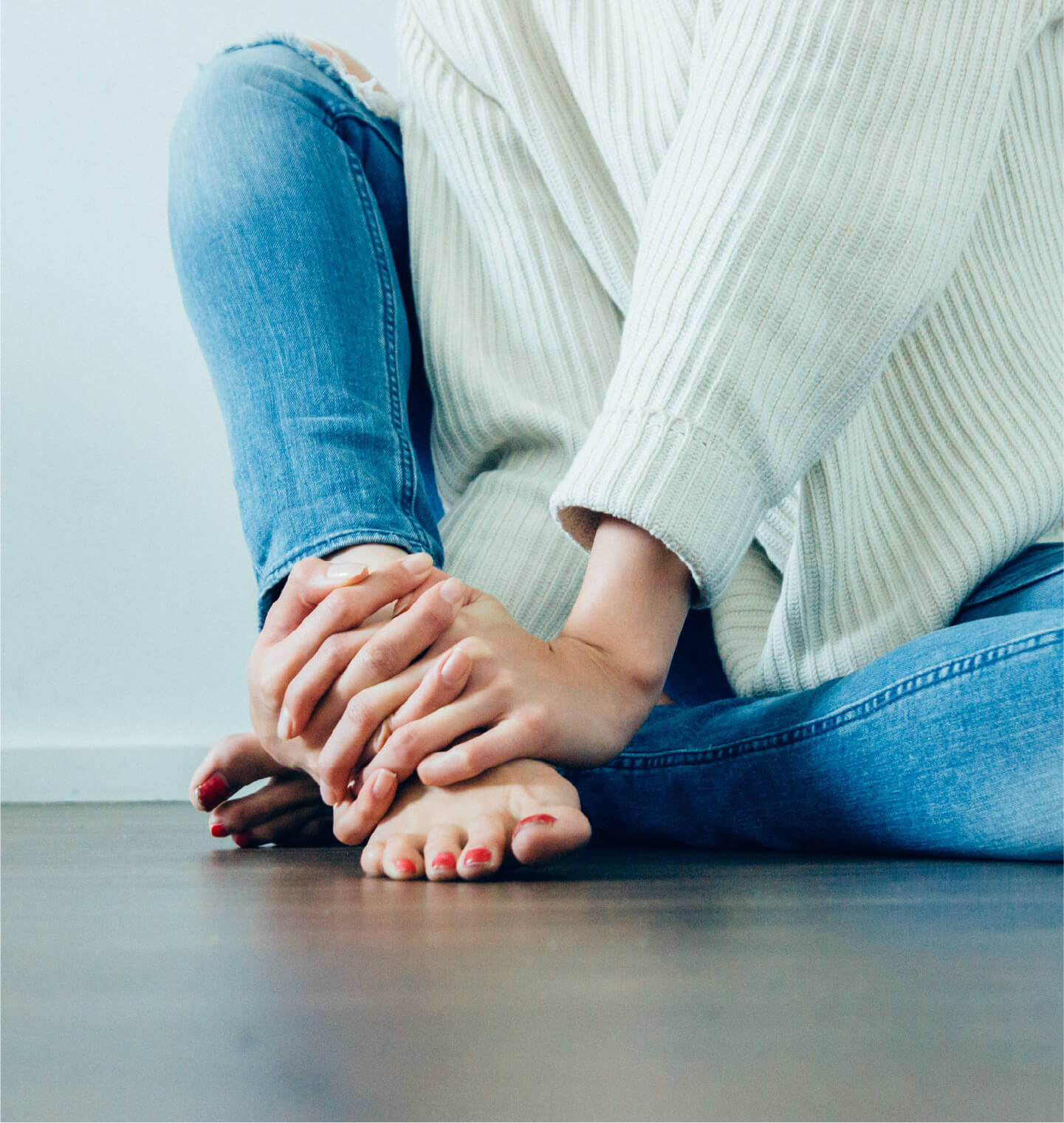
Leave a comment
This site is protected by hCaptcha and the hCaptcha Privacy Policy and Terms of Service apply.